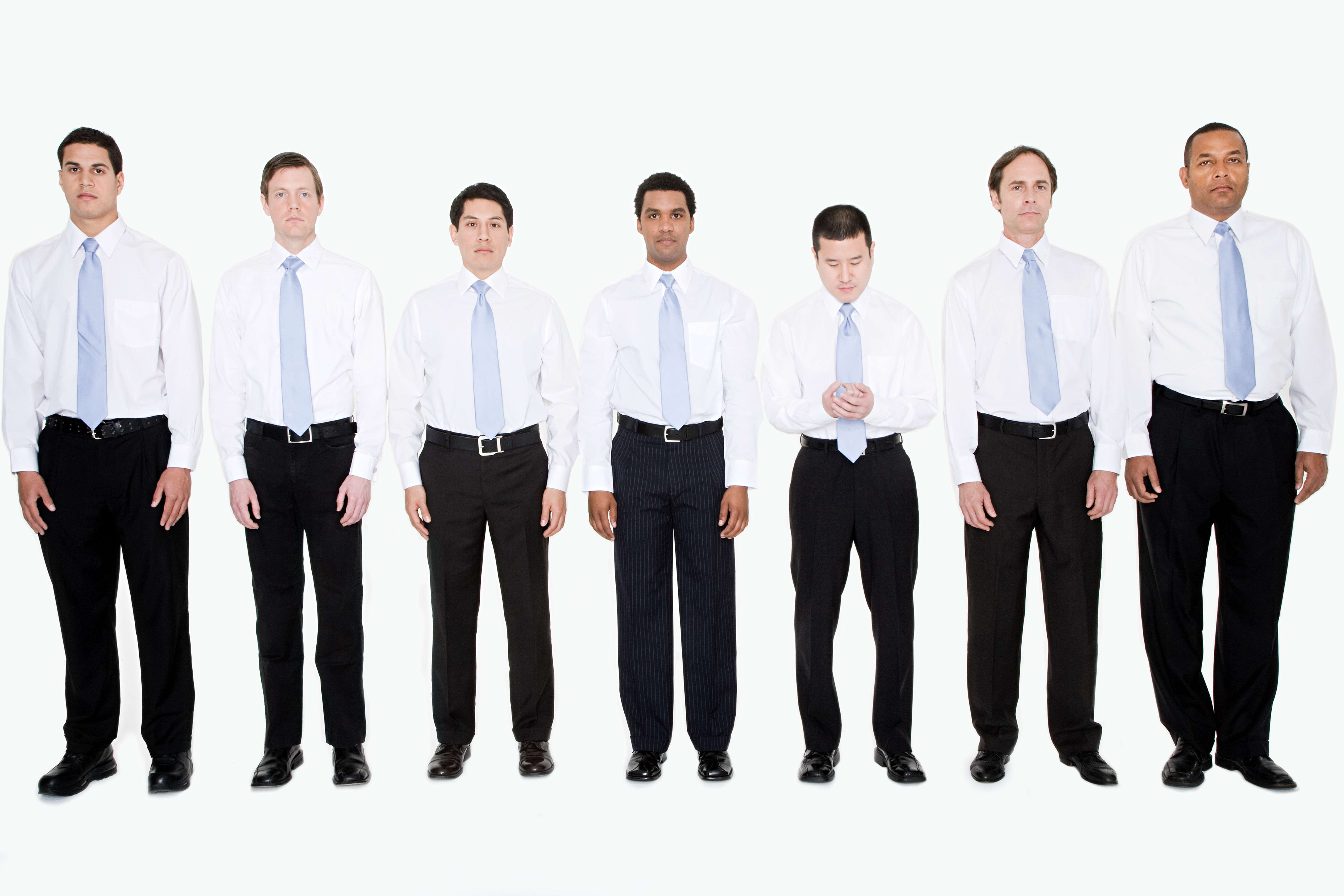The following experiment scenarios are variations on the original Asch experiment. There is only one real participant. The others are accomplices paid to give a specified answer. All participants answered in order (1 through 6).
Experiment 1: The real participant was seated in position 5. Everything was identical to the original Asch experiment, except that the person in position 2 always gave the correct answer.
Experiment 2: The real participant was seated in position 1. Everything else was identical to the original Asch experiment.
Experiment 3: The real participant was seated in position 5. Everything was identical to the original Asch experiment, except that the experiment had already started by the time the real participant arrived, so the real participant was allowed to write the answers on paper rather than call them out.
Experiment 4: The real participant was seated in position 6. Everything else was identical to the original Asch experiment.



